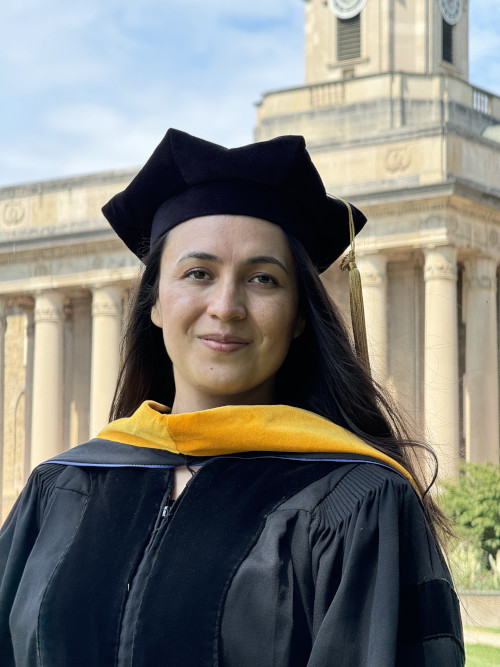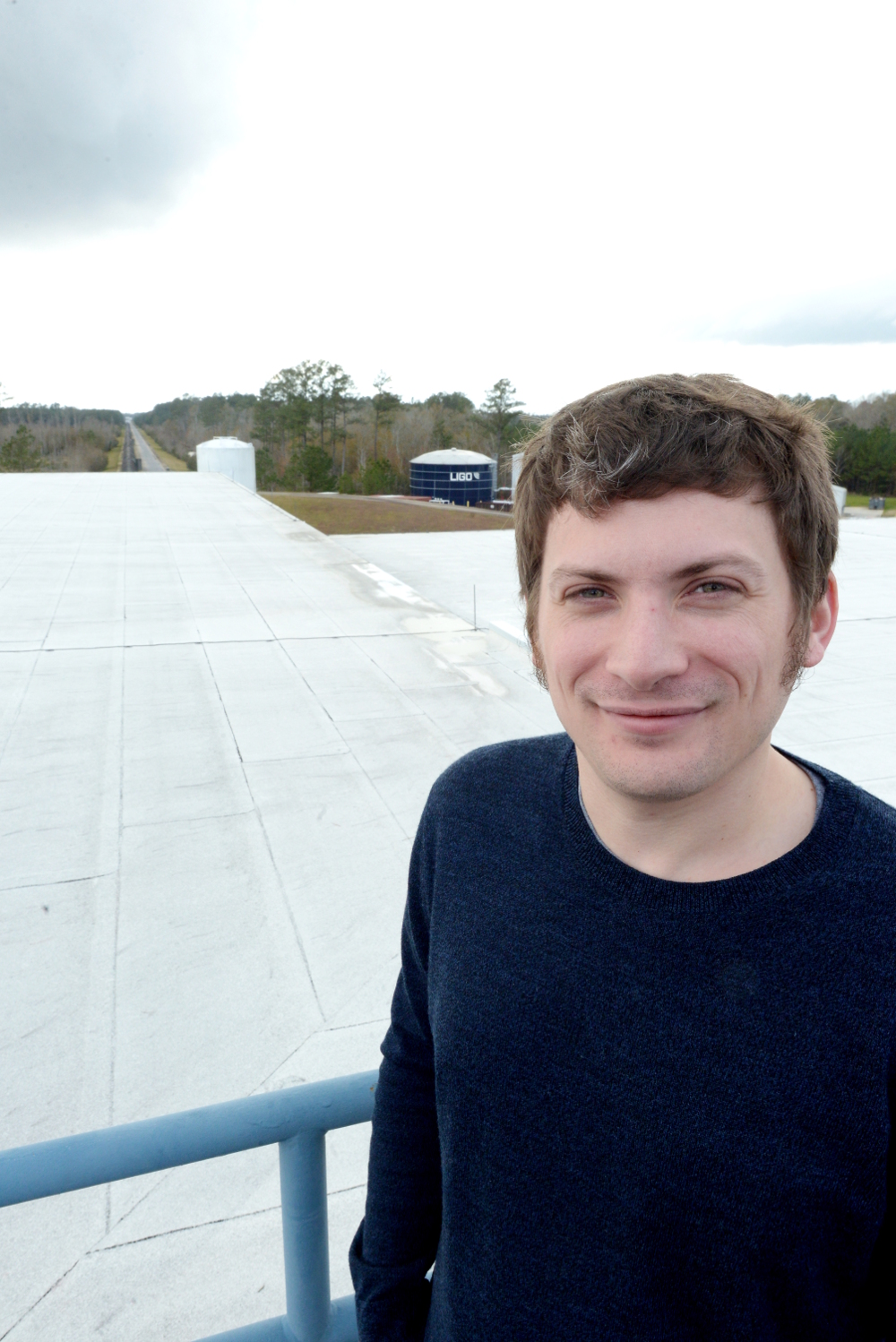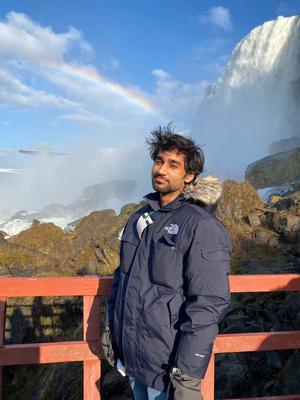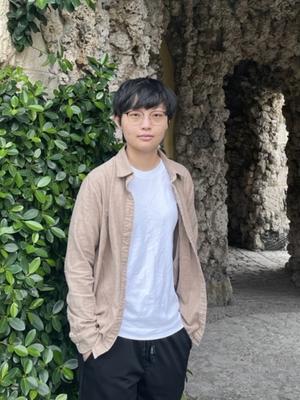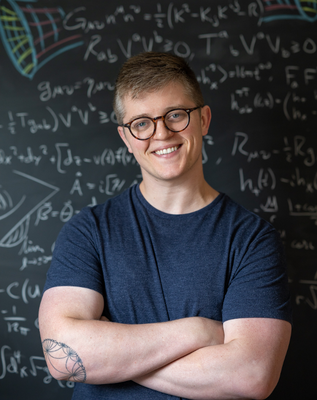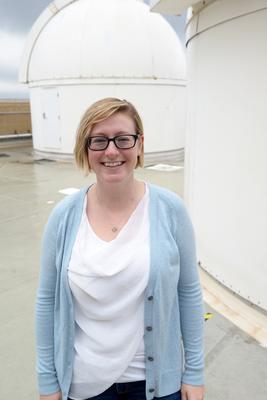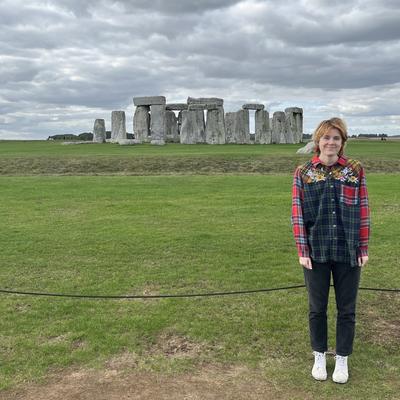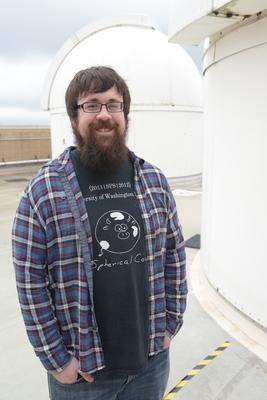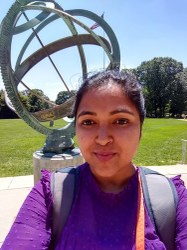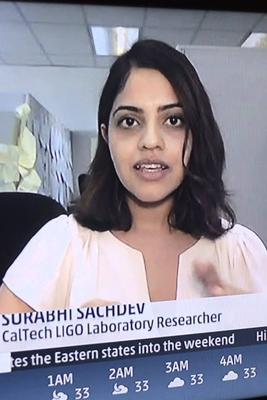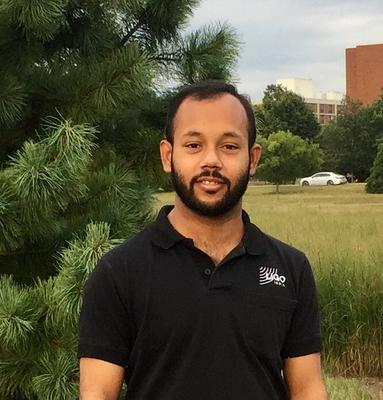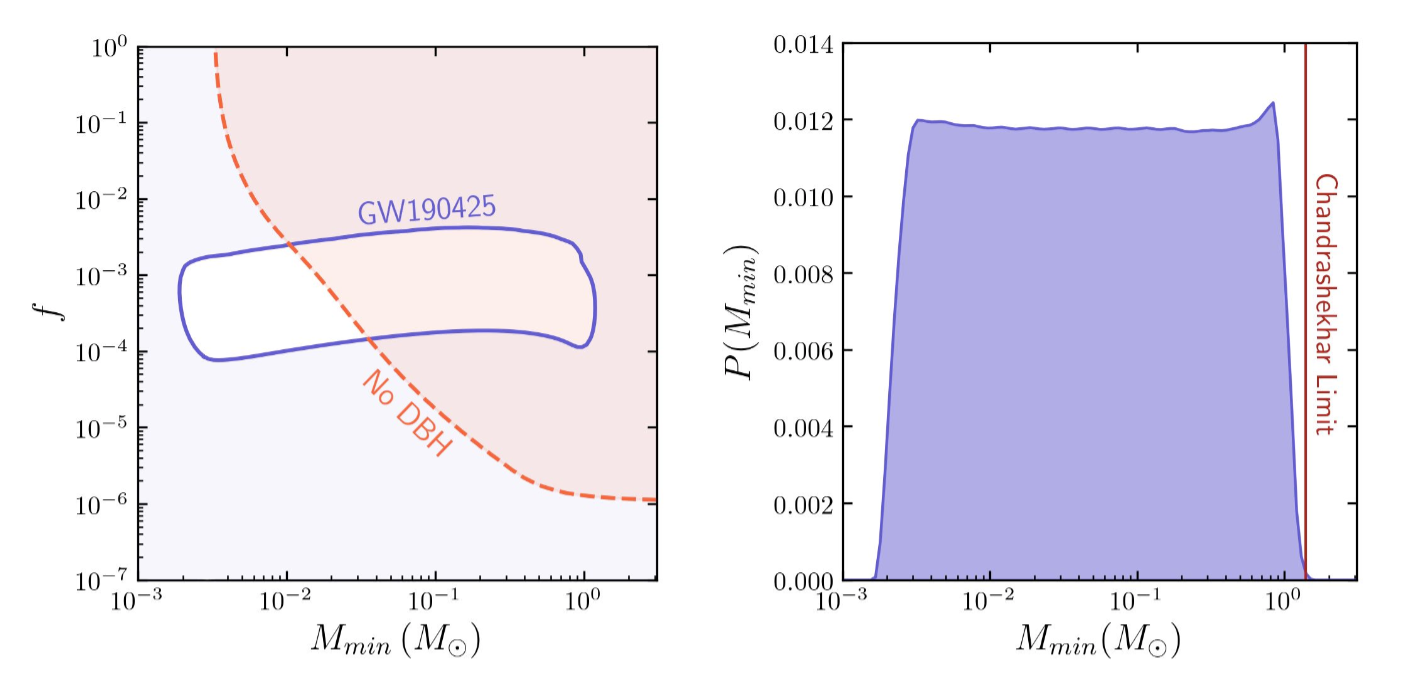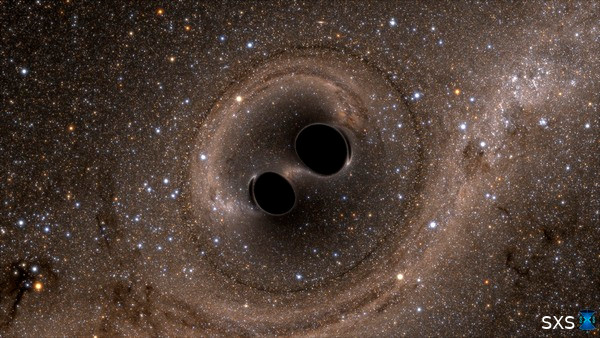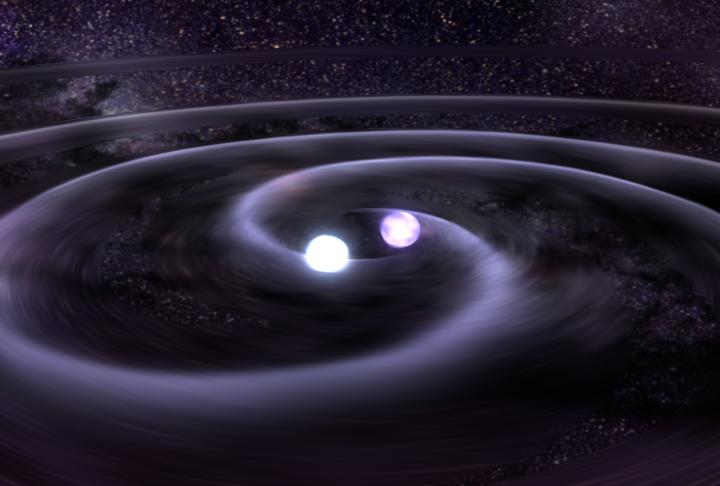I am a Professor of Physics and Astronomy & Astrophysics, a co-hire of the Institute for Computational and Data Science
(ICDS), and a member of the Institute for
Gravitation and the Cosmos (IGC). I have been a faculty member of Penn
State since 2014.
I am a member of the Compact Binary Coalescence group in LIGO which comprises over 200 scientists from across the world working together to use
gravitational waves as a tool to explore fundamental physics and as a mechanism for astronomical discovery. I current serve as co-chair of the Computing and Software working group in LIGO.
My primary research focuses on the detection and characterization of
gravitational waves from merging neutron stars an black holes with the LIGO
Scientific Collaboration, which I have done since 2003. My group leads efforts
to detect gravitational waves in real-time to support multi-messenger
astrophysics. We are also exploring potential connections between black holes
detected by LIGO and dark matter. My other academic interests include
improving researchers' access to computational methods and infrastructure in
order to hasten discoveries across a variety of fields.
Click here to view my website
Publications
-
Benjamin Abbott,
R Abbott,
TD Abbott,
MR Abernathy,
F Acernese,
K Ackley,
C Adams,
T Adams,
P Addesso,
RX Adhikari,
others,
"Binary black hole mergers in the first advanced LIGO observing run." Physical Review X 6 4 (2016)
-
Benjamin Abbott,
R Abbott,
TD Abbott,
MR Abernathy,
F Acernese,
K Ackley,
C Adams,
T Adams,
P Addesso,
RX Adhikari,
others,
"GW151226: observation of gravitational waves from a 22-solar-mass binary black hole coalescence." Physical review letters 116 24 (2016)
-
Benjamin Abbott,
Richard Abbott,
TD Abbott,
MR Abernathy,
Fausto Acernese,
Kendall Ackley,
Carl Adams,
Thomas Adams,
Paolo Addesso,
RX Adhikari,
others,
"Observation of gravitational waves from a binary black hole merger." Physical review letters 116 6 (2016)
-
Benjamin Abbott,
Richard Abbott,
TD Abbott,
F Acernese,
K Ackley,
C Adams,
T Adams,
P Addesso,
Rana Adhikari,
VB Adya,
others,
"GW170814: a three-detector observation of gravitational waves from a binary black hole coalescence." Physical review letters 119 14 (2017)
-
Benjamin Abbott,
Rich Abbott,
TD Abbott,
Fausto Acernese,
Kendall Ackley,
Carl Adams,
Thomas Adams,
Paolo Addesso,
RX Adhikari,
VB Adya,
others,
"GW170817: observation of gravitational waves from a binary neutron star inspiral." Physical review letters 119 16 (2017)
-
Benjamin Abbott,
S Bloemen,
P Canizares,
H Falcke,
RP Fender,
S Ghosh,
P Groot,
T Hinderer,
JR Hörandel,
PG Jonker,
others,
"Multi-messenger observations of a binary neutron star merger." (2017)
-
BP Abbott,
Richard Abbott,
TDea Abbott,
S Abraham,
F Acernese,
K Ackley,
C Adams,
RX Adhikari,
VB Adya,
Christoph Affeldt,
others,
"GWTC-1: a gravitational-wave transient catalog of compact binary mergers observed by LIGO and Virgo during the first and second observing runs." Physical Review X 9 3 (2019)
-
BP Abbott,
R Abbott,
TD Abbott,
S Abraham,
F Acernese,
K Ackley,
C Adams,
RX Adhikari,
VB Adya,
C Affeldt,
others,
"GW190425: Observation of a compact binary coalescence with total mass 3.4 M⊙." The Astrophysical Journal Letters 892 1 (2020)
-
Richard Abbott,
TD Abbott,
S Abraham,
F Acernese,
K Ackley,
C Adams,
RX Adhikari,
VB Adya,
C Affeldt,
M Agathos,
others,
"GW190814: Gravitational waves from the coalescence of a 23 solar mass black hole with a 2.6 solar mass compact object." The Astrophysical Journal Letters 896 2 (2020)
-
R Abbott,
TD Abbott,
S Abraham,
F Acernese,
K Ackley,
A Adams,
C Adams,
RX Adhikari,
VB Adya,
C Affeldt,
others,
"GWTC-2: compact binary coalescences observed by LIGO and Virgo during the first half of the third observing run." Physical Review X 11 2 (2021)
